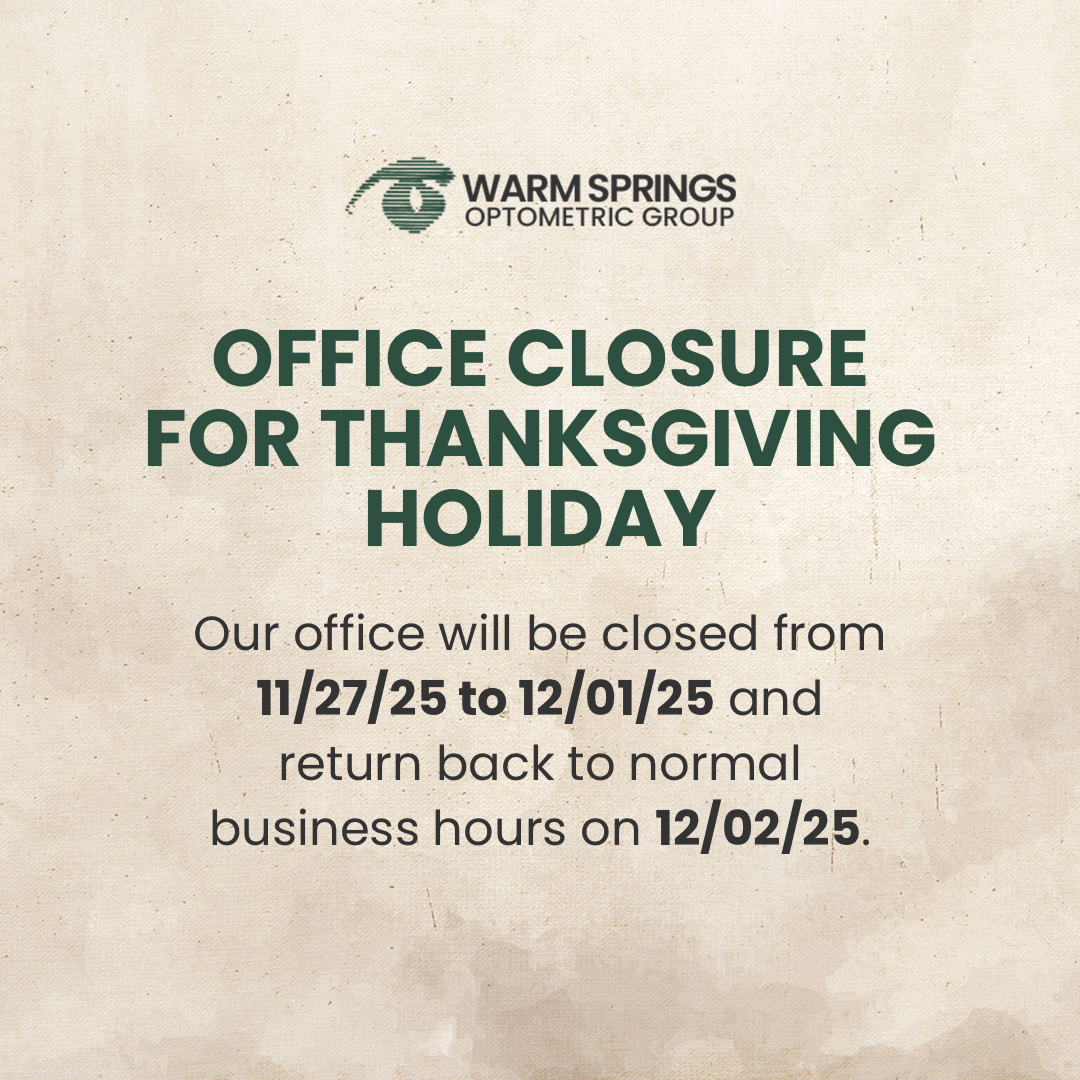Recent studies have shown that by wearing soft multifocal contact lenses daily, the normal increase in myopia can be reduced by 30 to 35%.
On average:
- A myope, age 8-10 years old, will increase .75 diopters per year until their mid-twenties.
- This can be reduced to approximately .25 diopters per year on average.
Daily wear of the lenses corrects the Relative Peripheral Hyperopia (RPH), which is the key to stopping the eye’s signal to elongate. The axial elongation is what causes increases in myopia and a corresponding increase in nearsightedness.
FAQs
What are multifocal soft contact lenses?
Multifocal soft contact lenses (MFCLs) used in these studies are a specific design of center, near and peripheral asphericity. This corrects distance vision centrally and the RPH at the same time.
How new is the technology?
MFCLs have been available for 4-5 years, but the studies using them for myopia reduction have been published within the last 2-3 years.
Is it permanent?
No. Continued use of multifocal contacts is necessary to maintain clear distance and to correct the RPH that causes the nearsighted signals and corresponding axial elongation, increased myopia to occur.
Can everyone wear multifocal contacts?
Most children can be successfully fit with these lenses. Patients with astigmatism greater than -1.00 who are restricted from other forms of myopia reduction can be successfully fit with MFCLs.
How long does it take to reach good vision?
Multifocal contacts achieve good vision immediately. There may be some fitting adjustments necessary to correct the RPH effectively.
Are there any risks associated with multifocal contacts use?
The risks are similar to any other daily use contact lenses. Proper care and cleaning of the lenses minimizes this risk.
How often should I replace my multifocal contacts?
In most cases the lens design of multifocal contacts will be replaced daily, and in some more unique cases monthly or quarterly.
How do I care for my multifocal contacts?
Our Fremont optometrist will train you and your child how to care for each lens modality. Daily lenses are removed at the end of the day and discarded, making them easier to use. Monthly and quarterly replacement options require storage overnight in an approved care system including a cleaning regimen. Some patients may have to do additional enzyme treatments to maintain clear and comfortable vision.
How much does myopia reduction with multifocal contacts cost?
Our unique program allows us to manage myopia effectively by switching between modalities to minimize myopic elongation as needed. This allows our Fremont eye doctors to recommend the right treatment without additional costs to the patient, unlike most conventional offices.
At this time the program fee is not covered by insurance. In some cases, contact lens material benefits offered by some vision insurances may be used towards the purchase of the contact lenses. Our office does offer payment options, including CareCredit. The cost of this initial process can sometimes feel expensive but in the long run it can become much cheaper than wearing glasses or regular disposable lenses and most certainly cheaper than having medical complications occur due to high myopia in the future.
Why are 6-month follow-up appointments necessary with MFCLs?
The reduction in myopia that occurs with MFCLs is dependent upon maintaining both optimal central distance vision and on correcting RPHs. The 6-month appointment is required to update and adjust powers in order to maintain optimal correction of both for reduction of myopia. In addition, topography readings are used to monitor any changes.
Are there any age restrictions for myopia reduction with MFCLs?
No. The FDA has no restrictions on fitting and use of MFCLs. Since the effects of myopia increases are cumulative, earlier intervention in myopia reduction is recommended.
Most studies have been on children age 7-10 years old.
Since children will be expected to care for their lenses during the day and using proper solutions at nighttime, we generally do not fit children under the age of 7 or 8.






